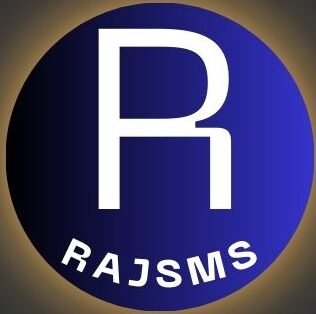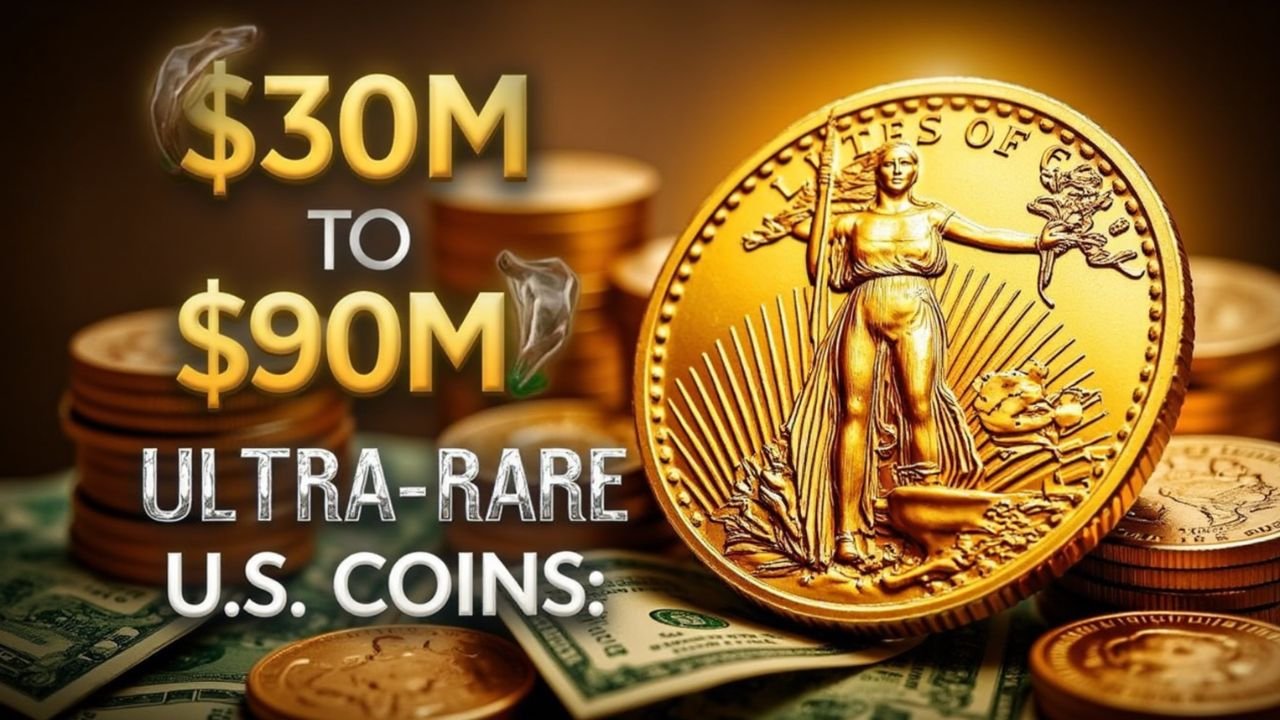There are certain ultra-rare coins in the coin world, which are extremely significant from both historical and financial perspective. Particularly American ultra-rare coins are not only precious for collectors, but they have also been auctioned for crores of dollars. Today we will learn about 5 such ultra-rare American coins, whose value has varied from 30 million dollars to 90 million dollars.
1. 1794 Flowing Hair Silver Dollar
This coin is regarded as America’s first silver dollar. On one side of this coin is an image of Lady Liberty, where her hair is open, and on the other side is an American eagle. Its significance in history is so great that in 2013, a rare version of it was sold for 10 million dollars, which was a record price up to that time.
2. 1933 Saint-Gaudens Double Eagle
This is one of the most enigmatic and discussed coins in American history. It was produced in 1933 but not released to the public because of the Gold Reserve Act. The majority of the coins were melted down, but some escaped and were kept illegally. A replica of this coin was sold for $ 7.6 million in 2002, shattering all earlier records. Its rarity and legal controversies make it even more desirable.
3. 1913 Liberty Head Nickel
This five-cent coin was produced in very small quantities and was not formally sanctioned by the US Mint. There are only 5 copies of this coin in the world today, so this coin is one of the world’s rarest American coins. One copy of this coin was sold in a private sale in 2004 for $ 3 million.
4. 1804 Silver Dollar (King of Coins)
This coin is referred to as the “King of Coins” due to the fact that it is not only scarce but also of tremendous historical importance. Surprisingly, it was actually produced not in 1804, but during the 1830s as diplomatic presents. One replica of it was auctioned off at a public sale in 2005 for $4.1 million.
5. 1894-S Barber Dime
This coin is among the most valuable and rarest coins for American collectors of coins. There are only 9 copies of it, hence extremely rare. One of these copies of this coin was auctioned in 2007 for $1.9 million, ascertaining both its value and demand.
Rare US Coins and Their Auction Prices
| Coin | Year | Auction Price | Auction Year |
|---|---|---|---|
| 1794 Flowing Hair Silver Dollar | 1794 | $10 Million | 2013 |
| 1933 Saint-Gaudens Double Eagle | 1933 | $7.6 Million | 2002 |
| 1913 Liberty Head Nickel | 1913 | $3 Million | 2004 |
| 1804 Silver Dollar | 1804 | $4.1 Million | 2005 |
| 1894-S Barber Dime | 1894 | $1.9 Million | 2007 |
Could You Own a Rare Coin?

If you are a collector of coins, you should find out if you possess any valuable coins in your collection. To do so, you can take these three steps:
- Examine the coins: Observe the coins in your collection very carefully and note their design, markings and special identifying marks.
- Examine the condition: Coins maintained in good condition (Uncirculated/Mint Condition) are more valuable.
- Consult an expert: If you suspect that you have a rare coin, have it tested by a qualified coin expert or auction house.
Conclusion
Rare US coins are not only sought after due to their cost, but also due to their history, art and rarity. If you possess old US coins, they too can be worth crores in the future. So, store your collection safely and estimate its actual value by taking the help of an expert.
FAQs
Q1. What makes these U.S. coins so valuable?
These coins are rare due to limited mintage, historical significance, and unique characteristics, making them highly sought after by collectors.
Q2. Which U.S. coin has sold for the highest price?
The 1794 Flowing Hair Silver Dollar holds the record, selling for $10 million in 2013.
Q3. How can I tell if my coin is valuable?
Examine its mint year, condition, rarity, and any distinguishing features. Consulting a professional numismatist is also recommended.
Q4. Where can I sell rare U.S. coins?
Rare coins can be sold at auctions, coin dealers, online marketplaces, or through numismatic organizations.
Q5. Are there still undiscovered rare U.S. coins?
Yes! Some rare coins may still be in private collections, misplaced, or unrecognized, making discoveries possible.


